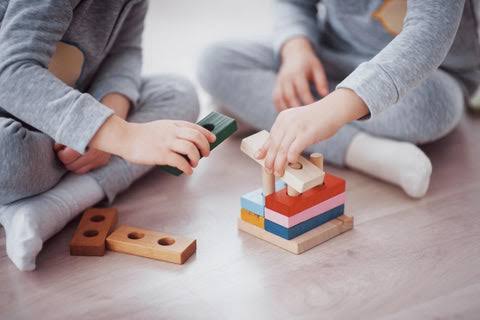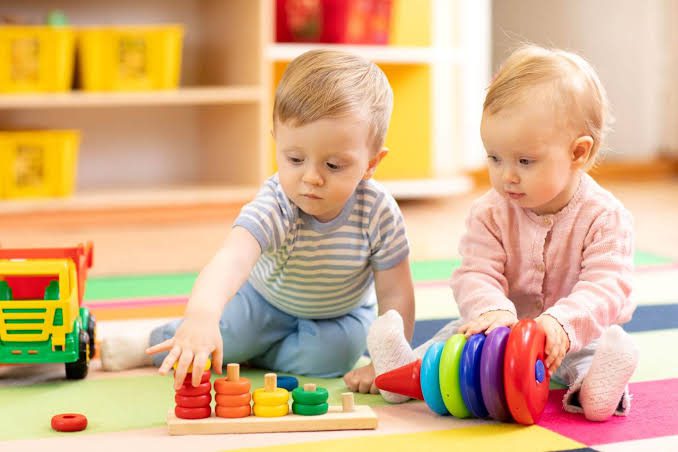A “Toy or Toys” is an item that is used by the kids to play which are mostly designed for a particular use. Playing with toys can be an enjoyable means of training young children for life in society because kids love toys a whole lot.
Have you ever wondered why so many kids can gather at a particular location just to play with a single toy? Or Have you taken time to see or feel how happy they appear whenever they are playing with their toys? Even some times when they only get to watch their friends play with their own toys, they still rejoice and smile with that friend despite the fact that they are not even the ones playing?

Well the thing is, Kids love toys. If you have any doubts about that, just take a child into a toy store. He/she will probably find a number of things that he/she feels she just can’t live without.
Toys are more than just fun and games for kids. Most toys provide at least some opportunity for children to learn. The best toys engage a child’s senses, spark their imaginations and encourage them to interact with others.
Toys enhances child development because Toys, like play itself, serve multiple purposes in both humans and animals. They provide entertainment while fulfilling an educational role.
Toys enhance cognitive behavior and stimulate creativity. They aid in the development of physical and mental skills which are necessary in later life.
Different materials like wood, clay, paper, and plastic are used to make toys. Many items are designed to serve as toys, but goods produced for other purposes can also be used. For instance, a small child may fold an ordinary piece of paper into an airplane shape and “fly it”.
Read Also: Top 10 Complete Amazing Arts for Kids Hub
Now let us have a look at how kids react to playing with toys at their different stages in life:
1) Babies and Toys
Babies are eager to learn about the world around them, and they have much to learn. Every new shape, color, texture, taste and sound is a learning experience for them. Giving your baby toys that are safe and stimulating will help him discover his senses. Rattles and toys that make music are favorites of infants.
Toys with contrasting colors are fascinating to babies and stimulate their developing vision. As they grow, infants can use toys to explore object permanence and cause and effect relationships. They also need objects such as blocks to help them build motor skills and hand-eye coordination.
2) Toddlers and Toys
Toddlers can play with a wider variety of toys than they did when they were smaller. They might still enjoy some of the toys they played with as babies, and that’s fine. The same blocks they played with a year or two ago can provide them with new and different educational opportunities as their knowledge expands. But they also need toys that are designed with kids their age in mind. Shape sorters are great for toddlers.
They teach them how to match similar items and provide parents the opportunity to teach them the names of the shapes. Lego blocks provide an opportunity to learn more about colors and symmetry while they develop their motor skills.
3) Toys for Preschool and School-Aged Children
When children reach preschool age, it’s time to start learning about letters, numbers and language skills. There are lots of toys that encourage this type of learning, from simple alphabet puzzles to high-tech electronic gadgets. These can give your child a head start by introducing her to the things she will be learning in school. Kids who are in school can supplement their learning with fun and educational toys.
Giving them the opportunity to have fun while practicing the things they are learning in school will increase their retention of those things. And when your child finds an educational toy she really likes, she will be more likely to play with it, reinforcing the things she has learned.
Children can learn a lot from playing. When you give your child educational toys and play with them with her, it gives her a chance to bond with you, learn, and have fun at the same time. And making education enjoyable will help your child retain the things she learns and develop a positive attitude toward learning.
